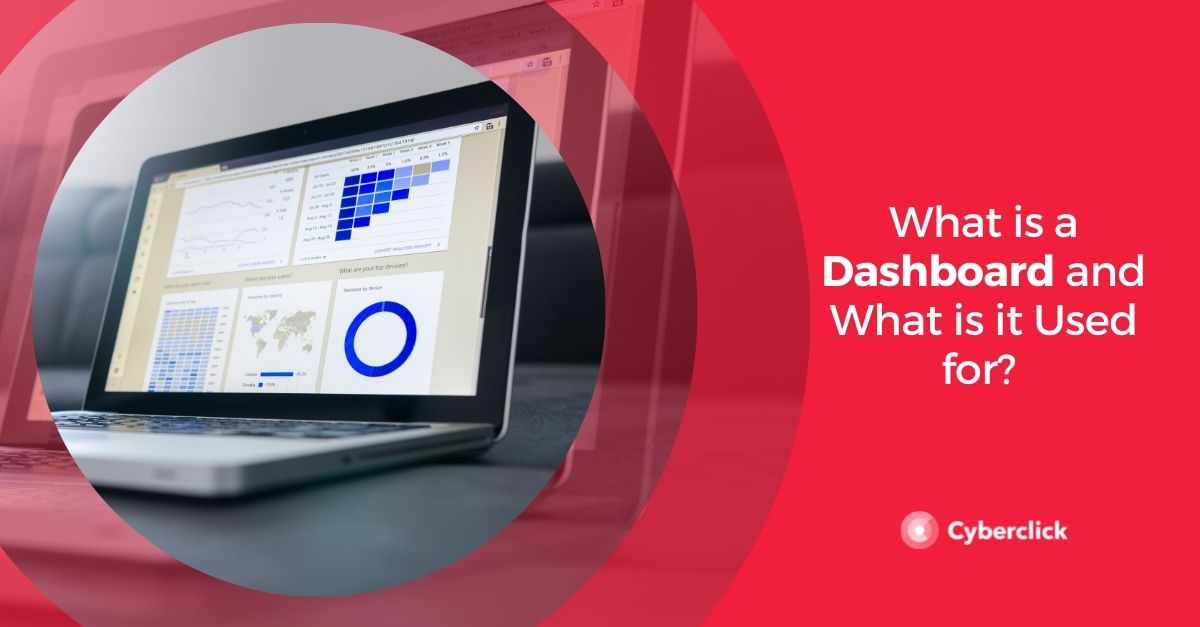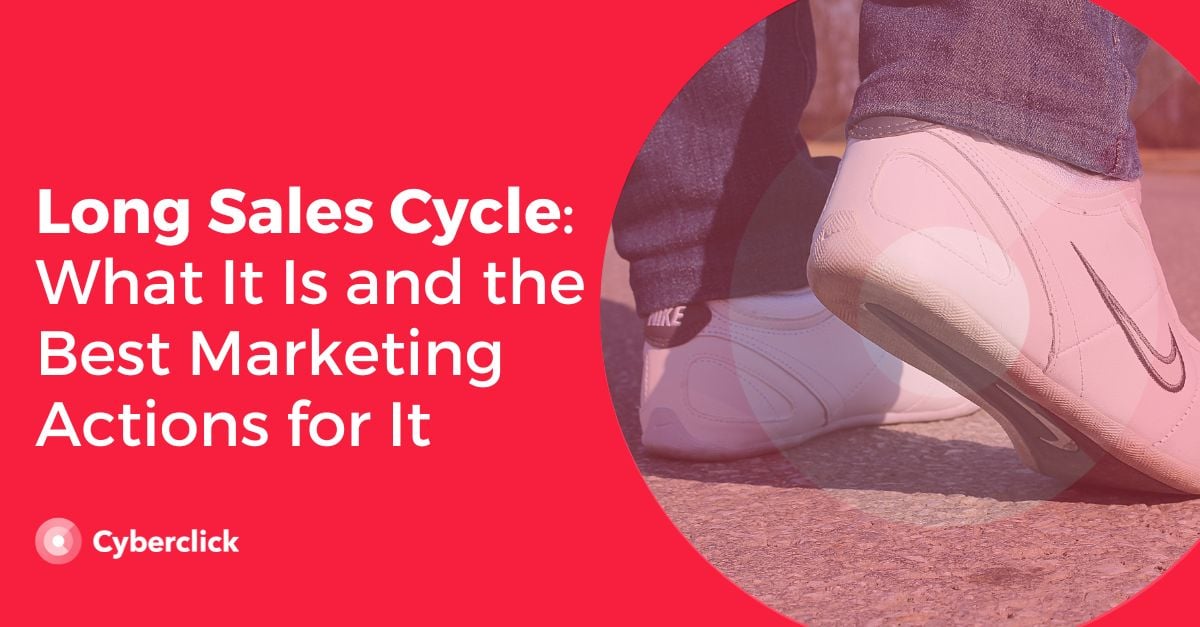Inbound marketing has changed the way we understand sales. Instead of going after potential customers to try to convince them to buy, the customer is at the center, and we must always be providing valuable content that matches what stage of the buyer's journey they are in.
For brands, inbound sales is an excellent opportunity to strengthen relationships with customers. In this article, we will review what inbound sales is, how it works and what advantages it can bring to your company.

What Is Inbound Sales?
Inbound sales consists of convincing potential customers to buy a brand's products or services. Instead of going after customers with traditional advertising or outbound marketing techniques, the inbound methodology focuses on attracting them with valuable content. This strategy can be adapted for both B2B and B2C brands.
These are the main characteristics of inbound sales:
- Inbound sales is a process. Making a sale consists of a series of marketing actions that guide potential customers down the conversion funnel.
- Inbound sales is based on customers seeking answers to questions. Normally, the potential customer is looking for information about a specific problem. Therefore, the brand has to be available to answer questions.
- Inbound sales requires guidance. In addition to offering informative content as part of its digital marketing strategy, brands must also be able to offer personalized guidance to users based on their needs.
- Inbound sales provides reassurance. The inbound methodology relies on customer insight and personalization. If you are able to demonstrate that you know the needs of your potential customers and can adapt to them, you will gain their trust.
- Inbound sales improves results. The inbound sales methodology, when applied correctly, results in shorter sales cycles and better conversion rates.
The Inbound Methodology and the Role of Marketers
In outbound sales, the salesperson would actively seek out the customer and try to persuade him or her with a sales pitch. This model still exists, but it lacks consumer confidence.
The focus has shifted from the salesperson to the buyer, who conducts his or her own research and makes buying decisions independently. The salesperson must be able to accompany and advise customers along this path without pressuring them or putting the sales pitch ahead of the customer's needs.
Advantages of Inbound Sales
Advantages of Inbound Sales at the Technological Level
The popularization of inbound marketing has led to the development of specialized tools that have solutions that optimize the entire sales process, such as CRM systems.
- Marketing and sales teams have an easy way to communicate and integrate all customer information in one place. So when a lead is ready, it can be passed directly from the marketing team to the sales team.
- There is much more information available about each contact including their interests, needs, actions taken on the brand's channels, and more. This allows you to adapt the sales process to offer personalized solutions that lead to more conversions.
- Marketing automation allows you to automate many of the sales processes, such as lead tracking and email marketing. This frees up the team's time and energy to focus on strategy and creativity.
Advantages of Inbound Sales at the Sales Level
- It provides much more information about customers and their actions. The inbound sales strategy gives you much greater visibility of your database including consumer profiles, interests, how long it takes them to move from one phase to another of the buying process, and what actions they perform on your website.
- It results in a more organized and efficient team. By having all the information centralized in one place, the different team members can work much more fluidly. It helps to align marketing and sales teams, giving rise to "SMarketing" (Sales + Marketing). As mentioned before, CRM systems allow marketing and sales teams to communicate better and they facilitate teamwork.
- It facilitates optimization. With inbound sales, you have a large amount of data about users that allows you to personalize your interactions with them.
The Inbound Sales Methodology and Sales Funnel (Inbound Sales)
Identify
At this stage, the objective is to find users who fit the company's buyer persona and have started to research something related to your brand's product or service. In other words, they are in a process of searching for information.
The first objective of the brand in this phase is to be visible for the user. Once this is achieved, you have to implement a series of digital marketing strategies to convert visitors into sales opportunities and leads.
Connect
At this stage, the potential customer has left you his or her data and has become a lead or sales opportunity. But not all leads are the same.
Therefore, you must be able to classify leads to distinguish qualified sales opportunities. This can be done by applying a lead scoring algorithm, which assigns a score to each lead based on its characteristics and the stage of the customer journey it is in.
Explore
In this step, you have a qualified sales opportunity and your goal is to accompany it until it is ready to convert.
At this point, the brand's role is to explore the prospect's needs and pain points through a series of interactions with him or her. The goal is to increase interest in the brand and how how much information you have about him or her so that you can offer a solution that really fits his or her needs.
Consult
In this last phase, the goal is to convert leads into customers. To do this, you must offer a solution adapted to the approproate context and his or her needs. Whether the sale is closed or not, information about the entire customer journey will be recorded in the CRM, so you can use it to further optimize your inbound marketing.
7 Benefits of Inbound Sales
Ready to implement inbound sales in your company? If you're still not convinced, here are 7 advantages:
-
It helps you to better understand your customers. With inbound sales, you will not only have to create a detailed buyer persona, but you will also have the opportunity to interact directly with your leads to advise them. Thus, you will be able to discover their real desires, motivations, and needs.
-
It gives you more insight into your sales process. Thanks to marketing automation, you will be able to monitor all your actions and obtain results reports that allow you to refine your strategies and achieve better results.
-
It allows you to personalize messages and offers to the unique circumstances of each customer since you have all the information you need.
-
Optimize your marketing budget to the maximum. Personalization allows you to launch specific actions for each customer and each stage of the conversion funnel, thus improving ROAS.
-
Maximize efficiency. With marketing automation, you can access all available customer information in one place, get suggestions for marketing actions, launch messages to specific segments of your database, and much more.
-
Increase profits with SMarketing. When marketing and sales teams are going in the same direction, you can avoid leads becoming lost or failing to qualify because of gaps in the communication process.
-
Create brand advocates. By focusing on quality and relationships rather than quantity, inbound sales increases customer satisfaction.
Inbound Marketing Strategist en Cyberclick. Especializado en HubSpot, lidera las estrategias de inbound marketing de los clientes de Cyberclick. Oier es un apasionado del marketing, la creatividad y el audiovisual y es licenciado en Bellas Artes con un máster en Artes Digitales.
Inbound Marketing Strategist at Cyberclick. He leads inbound marketing strategies for Cyberclick's clients, with experience in CRM management and HubSpot. Oier is passionate about marketing, creativity and audiovisual content and he holds a degree in Fine Arts with a master's degree in Digital Arts.





Leave your comment and join the conversation